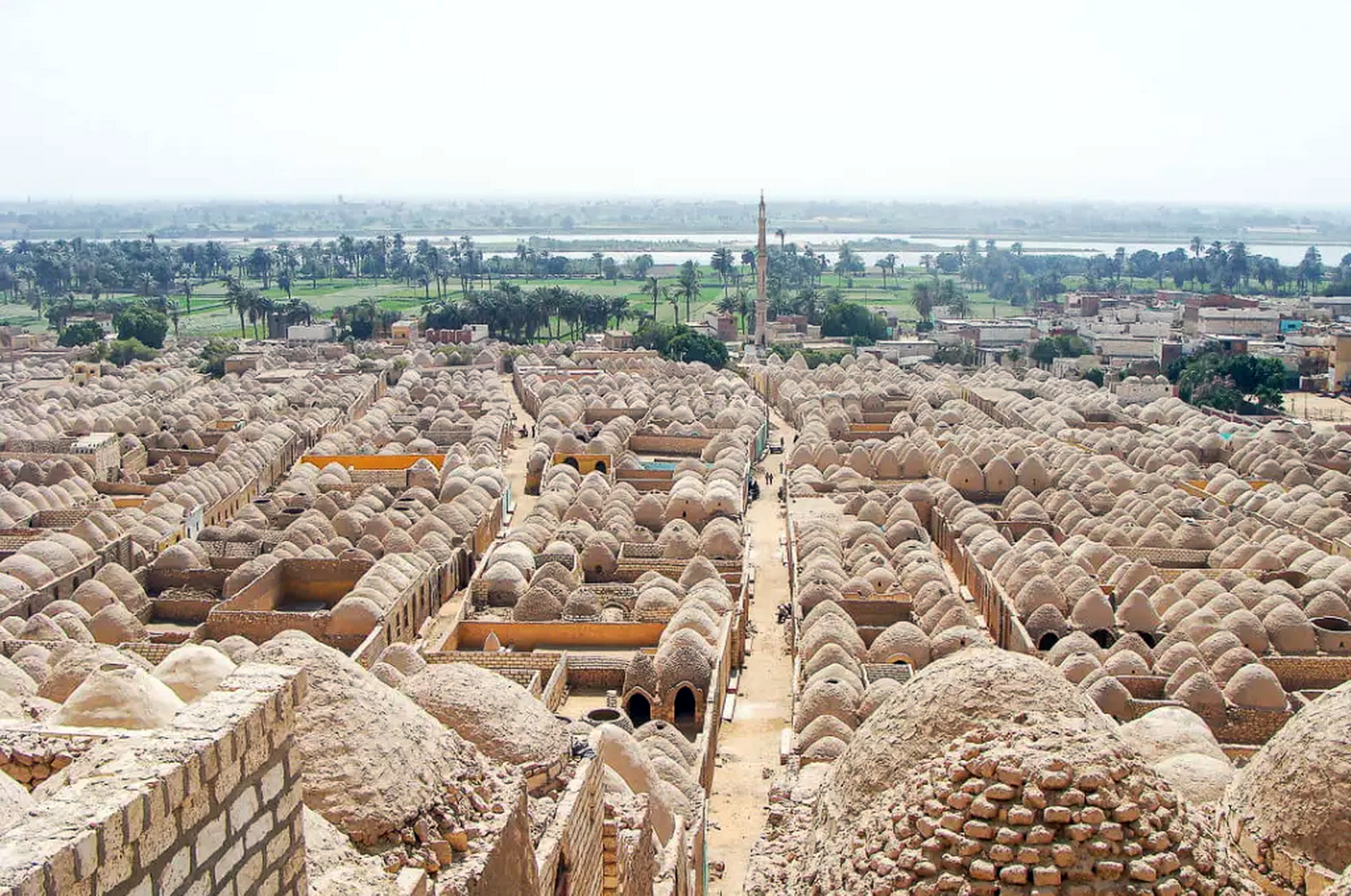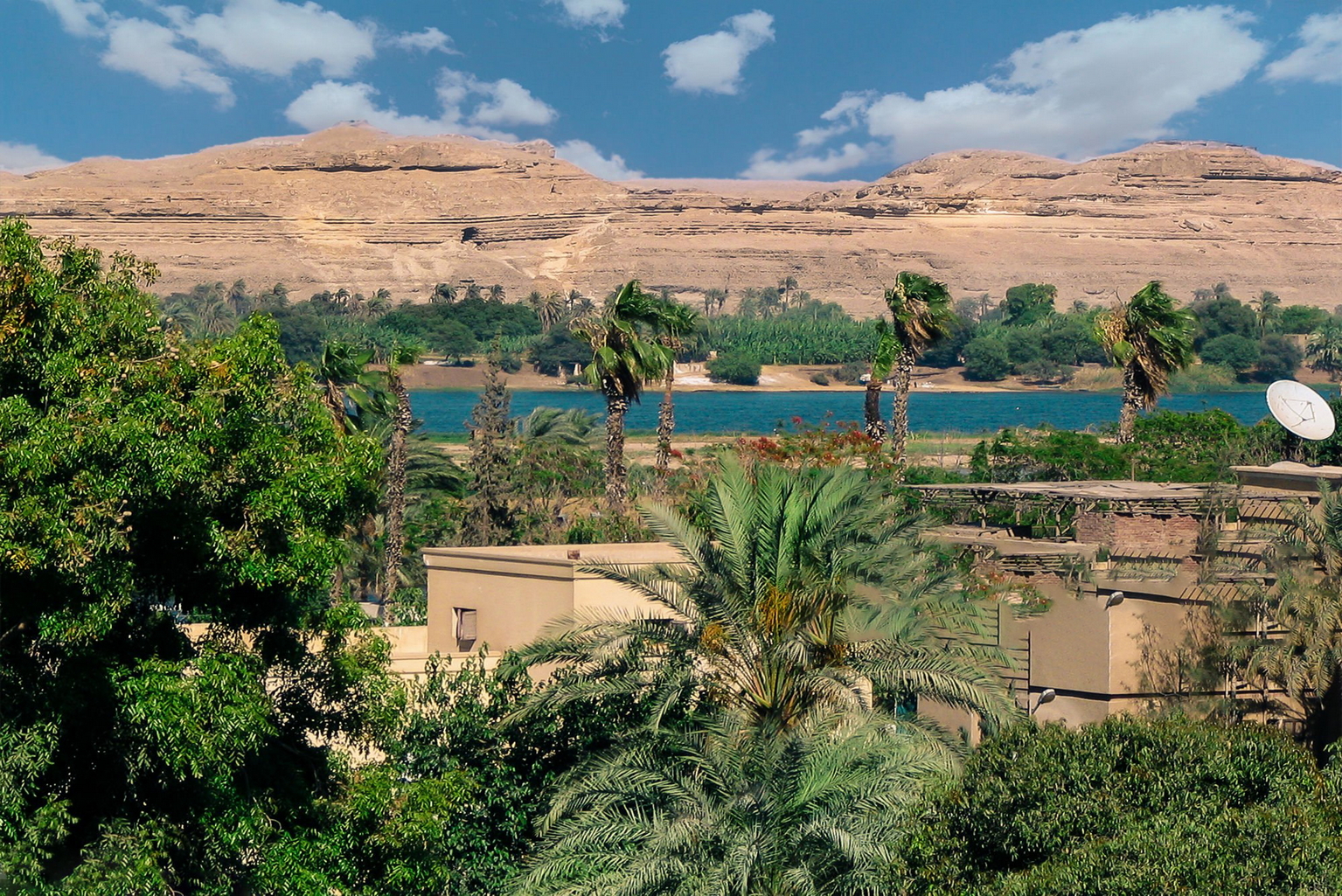Al Minya
Like the American South before the Civil War that was known for its massive cotton production during the twentieth century, Al-Minya, located about 271 km south of Cairo (168 miles), is no longer the cotton hub it once was, but traces of industrialization and economy can still be found in the area, as various factories can still be found throughout the city. Al Minya spans 135 km by 20 km, stretching longitudinally across the Nile. The name derives from Pharaoh Khufu, who constructed the Great Pyramid of Giza. The original name in ancient Egyptian was Men’at Khufu, which translates to Khufu’s estate in English. Furthermore, Minya is most likely a variation of the city’s name in other languages such as Bohairic Thmon and Coptic Thmon, where the word translates to The Residence, a monastery that used to be located in the region. Al Menya holds a lot of interest for Egyptian history enthusiasts because it was once the capital of Egypt. Because of some landmarks and significant events that occurred there, it is a particularly strategic city in Egyptian history. To begin with, Al Minya was the location of the Codex Tchacos discovery, as well as the residence of Nefertiti and Akhenaten, the parents of Tutankhamun the popular king. Al Menya was also the birthplace of monotheistic worship and belief in Aten, the sun god. There are also many tombs in the area, both of important people and of common people. Minya, as a meeting point of northern and southern Egypt, is affectionately known as the “Bride of Upper Egypt” by Egyptians. Furthermore, the city has one of Egypt’s largest Coptic Christian populations, with 50% of the population being Coptic Christians.
Like the American South before the Civil War that was known for its massive cotton production during the twentieth century, Al-Minya, located about 271 km south of Cairo (168 miles), is no longer the cotton hub it once was, but traces of industrialization and economy can still be found in the area, as various factories can still be found throughout the city. Al Minya spans 135 km by 20 km, stretching longitudinally across the Nile. The name derives from Pharaoh Khufu, who constructed the Great Pyramid of Giza. The original name in ancient Egyptian was Men’at Khufu, which translates to Khufu’s estate in English. Furthermore, Minya is most likely a variation of the city’s name in other languages such as Bohairic Thmon and Coptic Thmon, where the word translates to The Residence, a monastery that used to be located in the region. Al Menya holds a lot of interest for Egyptian history enthusiasts because it was once the capital of Egypt. Because of some landmarks and significant events that occurred there, it is a particularly strategic city in Egyptian history. To begin with, Al Minya was the location of the Codex Tchacos discovery, as well as the residence of Nefertiti and Akhenaten, the parents of Tutankhamun the popular king. Al Menya was also the birthplace of monotheistic worship and belief in Aten, the sun god. There are also many tombs in the area, both of important people and of common people. Minya, as a meeting point of northern and southern Egypt, is affectionately known as the “Bride of Upper Egypt” by Egyptians. Furthermore, the city has one of Egypt’s largest Coptic Christian populations, with 50% of the population being Coptic Christians.

EXPLORE. CONNECT. CREATE MEMORIES
Akhmim
Akhmim is an Egyptian town located to the east of Sohag, on the site of what was once the town of Ipu. Surprisingly, Ipu was built on the remains of a town that was there before the dynasties.Back to the present, Akhmim is well known for one of Egypt’s oldest trades: weaving, textiles, and draperies. Nearby is an open-air museum, and many shops sell the work of the town’s very skilled weavers and textile makers.

